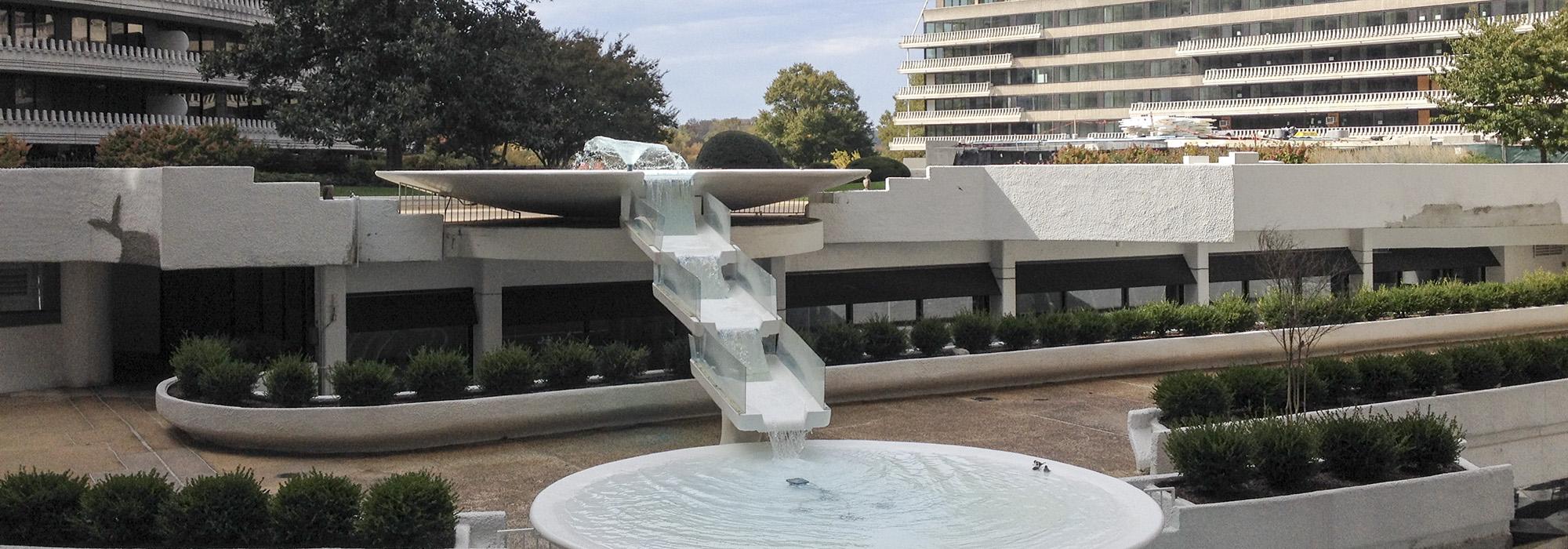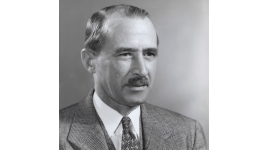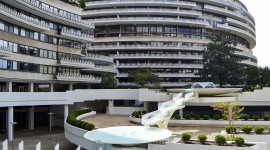The Russian Émigré behind the Landscapes of Washington’s Elite
Editor's Note: This feature story was made possible by Gayley Knight, who informed The Cultural Landscape Foundation of her recent discovery of Boris Timchenko’s personal archive. Ms. Knight was provided the landscape architect’s papers by Sandra Fletcher, whose mother inherited the collection from Timchenko’s sister, Varvara Sukacev.
Born in Lipezk, Russia, in 1898, Boris Timchenko served in the White Russian Army during the Russian Revolution, before fleeing to Turkey in 1920. Sponsored by the Committee for the Education of Russian Youth in Exile, founded by American scholar Thomas Whittemore in 1916, Timchenko relocated to France, where he earned degrees in agricultural engineering and landscape architecture from the L'École National d’Agriculture de Ignon, and the L'École Nationale Supérieure d’Horticulture de Versailles, respectively. Responsible for his aging father and ill sister, he immigrated to the United States following his graduation in 1926, with the hopes of becoming a farmer. After settling in Washington, D.C. in 1929, Timchenko joined the florist company A. Gude Sons Co., where he served as the manager of the landscape department. Nine years later, he opened his own landscape architecture and site-planning practice, Boris Timchenko & Associates, while continuing to contract with A. Gude Sons Co.
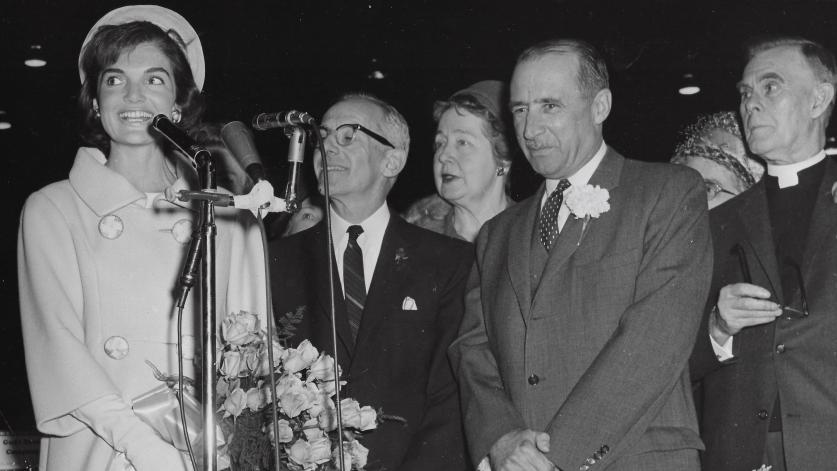
His firm took on a wide range of projects, encompassing residential, commercial, corporate, and institutional designs. He also completed commissions for several prominent Washingtonians, including Jaqueline Kennedy, whose Georgetown garden he designed while her husband, John F. Kennedy, was a senator. Timchenko’s social connections in Washington opened opportunities for him elsewhere. He designed the gardens for President Dwight Eisenhower’s estate in Gettysburg, Pennyslvania. His drawings for the commission are now preserved by the Gettysburg National Miltiatry Park Archives. During this time, he was also hired by Jacqueline Kennedy's mother, Janet Norton Lee Auchincloss, to redesign the gardens of the family’s Hammersmith Farm in Newport, Rhode Island, known as the summer White House during the Kennedy presidency. His firm’s corporate and public landscapes included Tompkins Hall at The George Washington University, the North Chevy Chase Christian Church, designed in partnership with architect John S. Samperton, the former National Geographic Building in Gaithersburg, Maryland, the gardens at Gadsby's Tavern in Alexandria, Virginia, and the Herring Run residential development in Rehoboth Beach, Delaware.
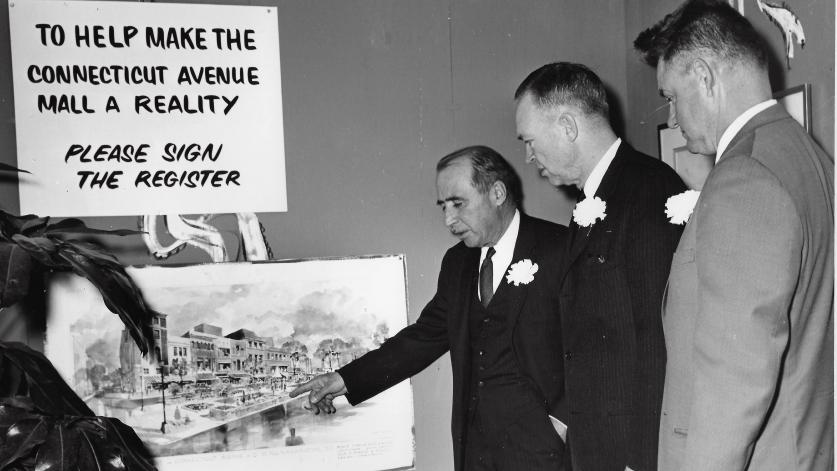
In 1968 Timchenko designed the Freedom Foundations’ Congressional Medal of Honor Grove in Valley Forge, Pennsylvania. Dedicated on the foundation's campus in 1964, the 41-acre, wooded clearing is marked by 51 stone obelisks representing medal recipients from each state in the United States, as well as the District of Columbia and Puerto Rico. His 1959 landscape design for the Equitable Life Insurance Company in Washington, D.C., was chosen as one of the top ten industrial landscape projects in the nation by the American Association of Nurserymen. In 1965 Timchenko received another award from the American Association of Nurserymen for his landscape design of the Washington Hilton Hotel.
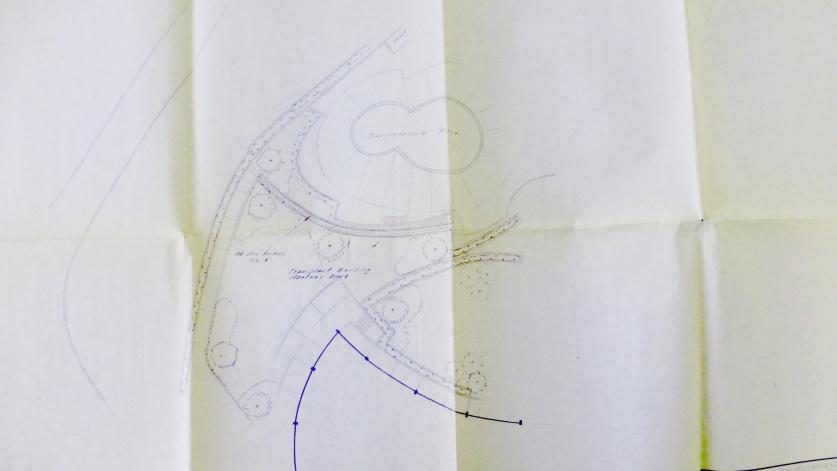
One of Timchenko’s most notable projects was the Watergate Hotel, realized between 1964 and 1971. His Modernist design created a park-like landscape atop the hotel’s seven-acre parking garage. By covering the garage roof with two feet of soil, Timchenko created wide, rolling lawns planted with deciduous tree groves, flowers, and creeping shrubs that could be admired from ground-level as well as from the hotel’s iconic, cantilevered balconies. Inset with curvilinear stone paths, fountains, and a renaissance garden, the landscape serves as a soft transition between architect Luigi Morretti’s Modernist complex and the adjacent Potomac River and Rock Creek Parkway. The project's success resulted in a commission to design the rooftop garden of the Shoreham Hotel, now the Omni Shoreham Hotel, for which he recieved an award from the First Lady's Committee for a More Beautiful National Capital.
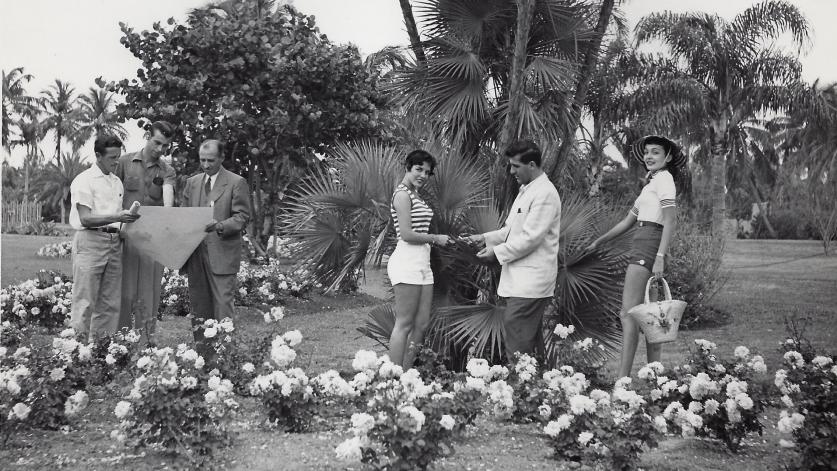
Timchenko served as the chief landscape architect of the National Capitol Flower and Garden show from its founding in 1951 until 1968. He resigned from that post because he believed that the show had become too commercialized, as he communicated in a letter to the Allied Florist Association. He died of heart failure at the age of 77 and was interred at the Rock Creek Cemetery in Washington, D.C. His epitaph reads simply “Landscape Architect.”



